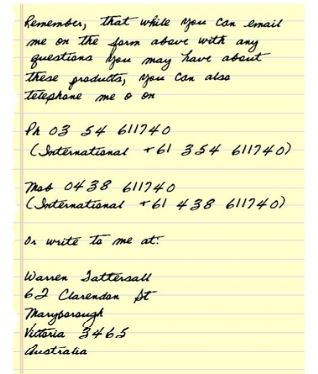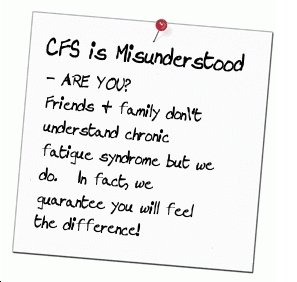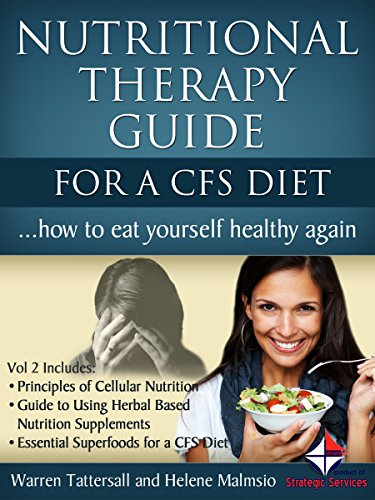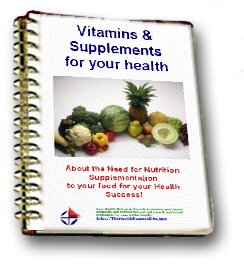Basics of Macrobiotic Diet
A macrobiotic diet is a diet formulated by the belief that food, and the quality of food, has an affect on a persons life on a greater extent than most people realize.
Practitioners of a macrobiotic diet believe that food has an affect on health, as well as happiness and well being. Those who follow a macrobiotic diet believe that natural foods with little to no processing are the best choice of food.
In addition, they believe in using traditional methods of cooking and they enjoy cooking for themselves, as well as for family and friends.
Literally translated, macrobiotics means great life. Physicians and philosophers from around the world have associated macrobiotics with living in harmony with nature while eating a simple and balanced diet. In the 1920s, George Ohsawa, who founded the modern form of macrobiotics, claimed to have cured himself from a serious illness by changing his diet.
Ohsawa believed in the Chinese philosophy of Yin and Yang. They yin represents outward centrifugal movement and the yang represents inward centrifugal movement. Yin and yang are always opposite, with yin being sweet, cold, and passive and with yang being salty, hot, and aggressive. In a macrobiotic diet, the yin and yang need to be kept in balance for good health.
Because this balance of the yin and yang is at the core of the macrobiotic diet, foods are all classified as one or the other. This division is in accordance with their properties, tastes, and effects on the body.
Grains and vegetables are not strong in either yin or yang. Therefore, they are especially important in the macrobiotic diet. These more neutral types of foods make it easier to maintain balance of yin and yang and these foods that are extremes in either yin or yang or to be avoided in the macrobiotic diet.
We needed lots of concentration while writing on health care as the matter we had collected was very specific and important.
Nothing abusive about health care have been intentionally added here. Whatever it is that we have added, is all informative and productive to you.
All foods included in the macrobiotic diet must be organically grown. Whole grains, such as barley, brown rice, oats, millets, rye, core, buckwheat and whole wheat are thought to be the most balanced of foods in a macrobiotic diet.
Therefore, these foods make up about 50 to 60% of the macrobiotic practitioners diet. Whole grains are the preferred type of grain in a macrobiotic diet, but small portions of bread and pasta derived from refined flour are acceptable.
Fresh vegetables make up approximately 25 to 30% of the macrobiotic diet. Broccoli, cabbage, kale, cauliflower, collards, turnips, mustard greens, turnip greens, radish, onion, butternut squash, acorn squash, and pumpkin are the primary vegetables to be included in a macrobiotic diet.
Iceberg lettuce, celery, snow peas, mushrooms, and string beans are to be included in the diet only two or three times per week.
In a macrobiotic diet, these vegetables are to be prepared by either being steamed lightly or being sautéed with unrefined cooking oil, ideally corn oil or sesame oil.
Learning about things is what we are living here for now. So try to get to know as much about everything, including health care whenever possible.
5 to 10% of the macrobiotic diet consists of sea vegetables and beans. Chickpeas, adzuki beans, tofu, and lentils are the recommended types of beans. Sea vegetables should be included in the diet. These vegetables are rich in vitamins and minerals.
Soups and broths make up about 5 to 10% of the macrobiotic diet. Soups should contain a soybean paste. They also should contain beans and vegetables.
In a macrobiotic diet, a few servings of seeds, nuts, and fresh fish (such as flounder, halibut, and cod) each week are acceptable. Acceptable sweeteners in the macrobiotic diet are barley malt, and rice syrup, which is a sweet drink made from rice.
Plum and brown rice vinegar may also be occasionally used in the macrobiotic diet. Tamari soy sauce and sea salt can be used to add flavor to soups and to grains.
A person following a macrobiotic diet only drinks when thirsty. The only drinks that are generally accepted in a macrobiotic diet are teas, which are made from dandelion greens, roasted grains, or the leftover cooking water from preparing soba noodles.
Teas containing caffeine or aromatic fragrances are unacceptable. In addition, all cooking water and drinking water must be purified before use.
Foods such as eggs and dairy products are thought to have strong yang qualities. Similarly, chocolate, refined sugars, tropical fruits, coffee, fruit juice, soda, and hot spices are believed to contain strong yin qualities.
Therefore, all of these foods are avoided in the macrobiotic diet. All foods with artificial flavors, artificial colors, and preservatives are also avoided.
The macrobiotic diet is more than just a diet, it is a lifestyle, and it embraces a simplistic diet bound closely to nature.
the A to Z directory of dealing with Health Problems & Self Care Strategies for natural remedies to your health issues.

Subscribe to get your weekly "Health Success Magazine" with a new complete & comprehensive Health Report in every edition!

to “Your Health Success”
our weekly F’R’E’E’ Newsletter
If you would like a free no-obligation private consultation or to contact Warren Tattersall for more information, please click here >> Contact Us

Click the books above to learn more about how we treat CFS naturally, to get your life back!
You will find many assorted Health Reports available for download free to you on this website!
Our free Health Success Reports are each available for you to download when you subscribe to receive them and their 7 part eCourse.
You can unsubscribe at any time, but we are sure you will want to receive all the email lessons of these informative ecourses.
Read more HERE to select the REPORT subjects of most interest (or concern) to you.









